Introduction to Fast Website Design and Its Importance
![]()
In today’s digital world, website speed is not just a competitive advantage, but a necessity.
#Website_speed and #User_experience are closely related.
If your website is slow, users will quickly leave it and go to your competitors.
This not only increases the Bounce Rate, but also negatively affects your SEO and site ranking in search engines like Google.
Studies have shown that even a one-second delay in page loading can lead to a significant decrease in conversions and user satisfaction.
For this reason, fast website design is no longer a luxury option, but a foundation for online success.
This section is explanatory and educational and helps you gain a deeper understanding of the importance of speed in the web world.
#Importance_of_web_speed is crucial in attracting and retaining audiences.
The goal of fast website design is to provide a seamless user experience where pages load quickly and users access the information they need without wasting time.
This article will guide you on how to optimize your website speed and put it on the path to success.
Is your online sales not as you expect? With Rasaweb, solve the problem of low sales and poor user experience forever!
✅ Increase visitor to customer conversion rate
✅ Create an enjoyable user experience and increase customer trust
⚡ Act now for a free consultation!
Key Factors Affecting Site Speed

To achieve fast website design, it is essential to understand the factors affecting page load speed.
#Site_speed_factors include various sections, each of which can significantly impact your website’s overall performance.
Among the most important factors are code volume (HTML, CSS, JavaScript), image optimization, hosting type, CDN (Content Delivery Network) usage, and proper server configuration.
Optimized code and compression of CSS and JavaScript files directly affect loading time.
High-quality and large images can also significantly reduce site speed; therefore, the most specialized approach here involves optimizing these elements.
Quality hosting and selecting powerful servers also play a vital role in website responsiveness.
This section provides a comprehensive guide to identify and manage these factors so that you can take effective steps towards fast website design and create a better user experience for your visitors.
Search Engine Optimization (SEO) is highly dependent on page loading speed, as search engines like Google prioritize faster sites.
Choosing the Right Hosting and Infrastructure for High Speed
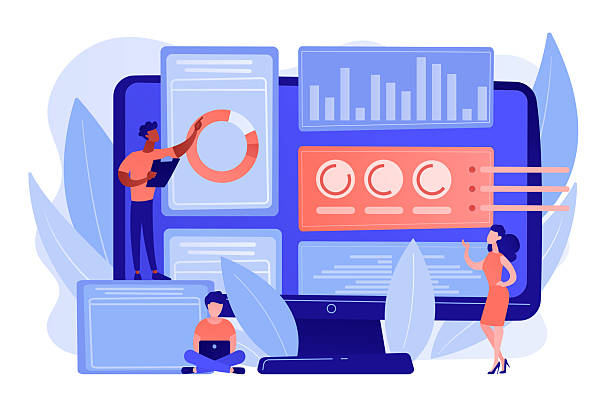
One of the fundamental decisions in the process of fast website design is choosing suitable web hosting.
#Hosting_selection and #Web_infrastructure play a direct role in the loading speed of your website pages.
Shared hosting, VPS, dedicated servers, and cloud hosting each have their advantages and disadvantages that should be chosen according to your needs and budget.
For small and medium-sized websites, a VPS hosting with dedicated resources can be a suitable option, while large websites with high traffic require dedicated servers or cloud hosting.
Using a CDN (Content Delivery Network) is also highly recommended.
CDN, by distributing your website content across various servers in different geographical locations, ensures that content is delivered from the server closest to the user, significantly reducing loading time.
This section provides specialized guidance for choosing the right infrastructure for your fast website design.
Paying attention to these points ensures that your first steps towards speeding up your site are strong and principled.
Below is a comparative table of hosting types and their pros and cons:
| Hosting Type | Advantages | Disadvantages | Suitable for |
|---|---|---|---|
| Shared | Cheap, easy setup | Limited speed and resources, affected by other sites | Personal and small websites |
| VPS (Virtual Private Server) | Dedicated resources, high flexibility, more affordable than dedicated server | Requires more technical knowledge | Medium websites, online stores |
| Dedicated | Highest speed and performance, full control | Very expensive, requires technical specialist | Large websites with high traffic, complex applications |
| Cloud | High scalability, pay-as-you-go | More complex management | Websites with variable traffic, web applications |
Optimizing Images and Media in Fast Website Design
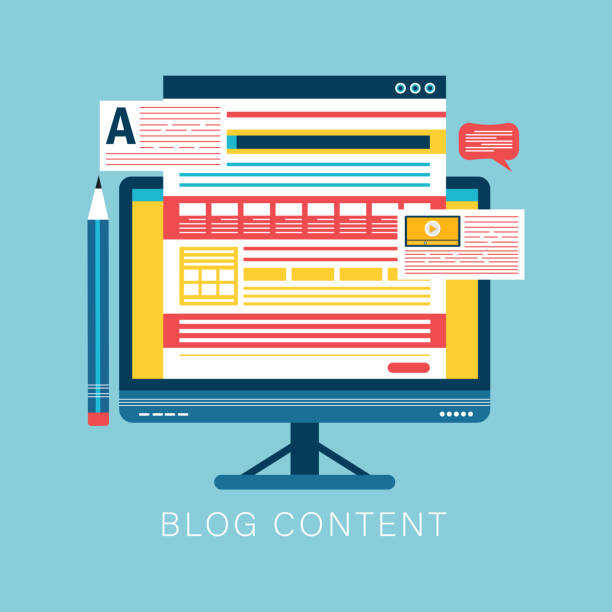
Images and media files usually account for the largest volume on a website and can significantly reduce page loading speed.
Therefore, #Image_optimization and #Media_compression are among the most important steps in the process of fast website design.
For this purpose, it is recommended to use modern image formats such as WebP, which offer higher compression while maintaining quality.
Also, resizing images to the actual dimensions needed on the page and compressing them using online tools or WordPress plugins are highly important.
Using “Lazy Loading” is also a specialized and very effective strategy.
By enabling Lazy Loading, images and videos are only loaded when the user scrolls to the relevant part of the page, which significantly reduces the initial page load time.
These guidelines help you perform the necessary optimizations without reducing the visual quality of the site and get closer to fast website design.
Precise optimization of each image can make a big difference in the overall site performance and provide a smoother user experience for visitors.
Google image optimization tools can be helpful in this regard.
Are you tired of losing business opportunities due to not having a professional corporate website?
Don’t worry anymore! With Rasaweb’s corporate website design services:
✅ Your brand’s credibility and professionalism will increase.
✅ You will attract more customers and sales leads.
⚡ Get a free consultation now to get started!
Reducing Code and Script Size to Increase Speed
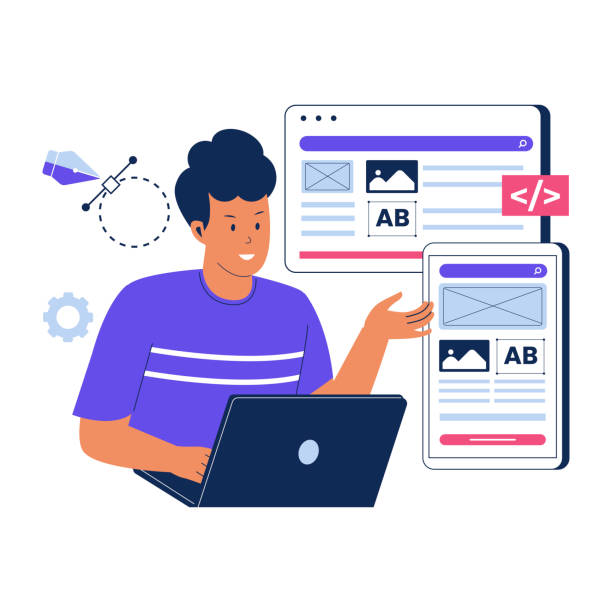
Another crucial step in fast website design is optimizing and reducing the size of codes and scripts.
#Code_size_reduction and #Minification mean removing blank spaces, comments, and unnecessary characters from CSS, JavaScript, and HTML files.
This process reduces the size of these files, consequently decreasing their loading time.
In addition to Minification, combining CSS and JavaScript files can also reduce the number of HTTP requests to the server, which is an important factor in increasing speed.
Using optimized CSS stylesheets, avoiding code repetition, and removing unnecessary codes are other actions that should be taken in this regard.
For JavaScript scripts, loading them as “Defer” or “Async” can prevent the browser from blocking page rendering and improve the user experience.
These specialized and technical measures directly impact your website’s performance.
The purpose of this guide is to teach practical methods for achieving a fast website design with optimized and efficient code.
Remember that even the smallest optimizations in code size can collectively have a big impact on the final site speed.
Caching and Its Role in Improving Site Performance

Caching is one of the most powerful methods for improving website speed and performance and plays a central role in fast website design.
#Caching and #Website_speed_increase mean that a copy of website content (such as images, CSS files, JavaScript, and even HTML pages) is temporarily stored so that it can be loaded faster on subsequent visits or by other users.
Caching can be done at different levels: Browser Caching, Server Caching, and CDN Caching.
Browser caching ensures that when a user visits your site for the second time, the stored content is loaded from their browser’s cache, eliminating the need to retrieve it again from the server.
Server caching, on the other hand, caches website responses before sending them to the browser, which reduces server load and increases responsiveness.
This is an explanatory and specialized topic that, if implemented correctly, can significantly reduce page loading times and greatly assist you in achieving a fast website design.
Using caching plugins like WP Super Cache or LiteSpeed Cache in WordPress is also highly recommended.
Website Speed Measurement Tools and Result Interpretation
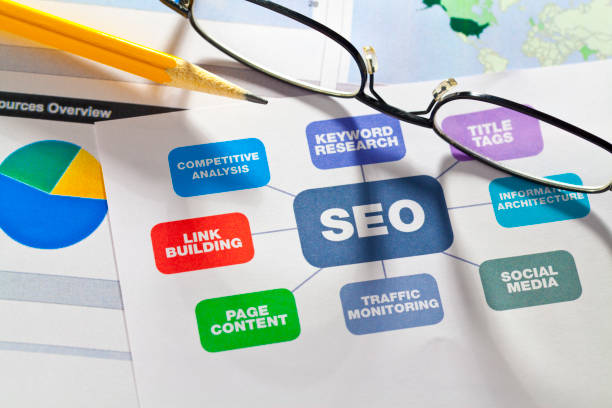
After implementing optimizations for fast website design, you need to measure the impact of your actions and identify remaining weaknesses.
#Website_speed_measurement and #SEO_tools are designed for this purpose.
Tools like Google PageSpeed Insights, GTmetrix, Pingdom Tools, and WebPageTest are the most popular options for analyzing website speed.
These tools measure various metrics such as full page load time, Time to First Byte (TTFB), First Contentful Paint (FCP), Largest Contentful Paint (LCP), and Cumulative Layout Shift (CLS).
Each of these metrics covers different aspects of user experience, and understanding them is essential for performance improvement.
For example, LCP has the highest priority in Google’s Core Web Vitals metrics and refers to the loading time of the largest content element on the page.
This section is a comprehensive educational and analytical guide that helps you correctly interpret the results from these tools and take the next steps for fast and efficient website design.
Below is a comparative table of some of these tools:
| Tool Name | Key Features | Complexity Level |
|---|---|---|
| Google PageSpeed Insights | SEO and UX scores, optimization suggestions, focus on Core Web Vitals | Medium (suitable for everyone) |
| GTmetrix | Detailed reports, Waterfall chart, display of each element’s loading time | Advanced (for developers) |
| Pingdom Tools | Overall loading time display, performance from various global locations | Simple (for quick check) |
| WebPageTest | Tests from multiple locations and browsers, page load video, high customization capability | Very Advanced (for deep analysis) |
Impact of Responsive Design on Speed Across Devices

In the current era, where a significant portion of web traffic comes from mobile devices, #Responsive_Design has become an undeniable necessity.
But did you know that responsive design also plays an important role in fast website design? A website that is not properly optimized for mobile might face issues on smaller devices, such as loading extra elements, improperly sized images, or disorganized layouts, all of which lead to reduced speed and a poor user experience.
An optimized responsive design not only adapts the site’s appearance to various screen sizes but also, by using techniques like Responsive Images and Media Queries, sends appropriate and optimized content for each device.
This specialized and explanatory approach means sending optimized CSS and JavaScript files for each device to prevent the loading of unnecessary code.
By ensuring your website loads efficiently on mobile phones and tablets, you will achieve fast website design for a wide range of users and also improve your SEO ranking.
Remember that Google places special emphasis on Mobile-First Indexing.
Are you falling behind in competition with large online stores?
Rasaweb makes your business online with professional e-commerce website design and increases your market share!
✅ Increase brand credibility and customer trust
✅ Easy shopping experience leads to more sales
⚡ Act now to get a free website design consultation!
Common Challenges and Solutions in Achieving Fast Website Design

Achieving fast website design is always accompanied by challenges.
#Website_speed_challenges and #Optimization_solutions can stem from various factors, including heavy plugins, inefficient third-party code, slow servers, or unorganized databases.
One of the most common issues is the excessive use of plugins in content management systems like WordPress, each of which can impose additional load on the server and increase loading time.
The solution is to regularly remove unnecessary plugins and use lighter alternatives.
Additionally, third-party codes such as analytical or advertising scripts can also reduce site speed; optimizing how these scripts are loaded (e.g., with asynchronous loading) is very important.
The questionable content here is how to maintain this balance between required functionalities and speed.
This section provides a practical guide for identifying and solving these problems.
Fixing 404 errors, optimizing the database, and using a strong CDN are other key solutions to overcome these challenges and achieve a fast and optimized website design.
Continuous monitoring with speed measurement tools helps identify problems quickly.
The Future of Fast Website Design and Emerging Trends
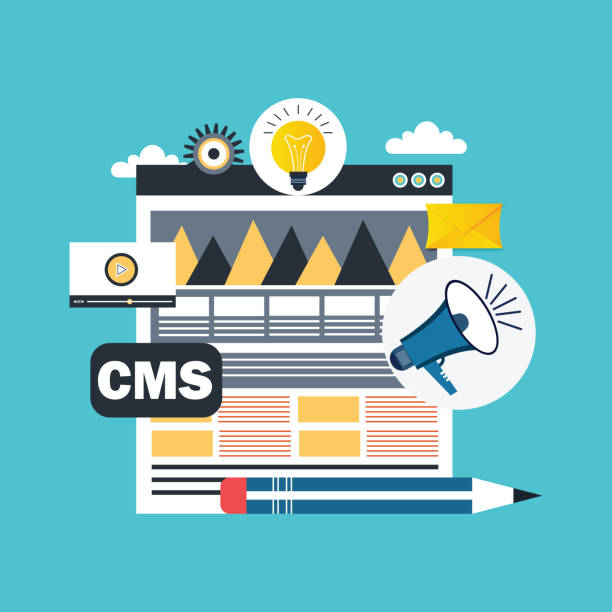
The world wide web is constantly evolving, and with the emergence of new technologies, the concept of fast website design also changes.
#Future_of_web_speed and #Emerging_trends include protocols like HTTP/3 and the wider use of WebAssembly.
HTTP/3, based on the QUIC protocol, is designed to improve web communication performance and security and can significantly reduce page loading times, especially in high-latency or noisy networks.
WebAssembly also enables high-performance code execution in the browser, which can bring incredible speed to complex and interactive web applications.
These advancements are moving towards creating instant and powerful user experiences.
This section provides a news-based and analytical look at the future of fast website design and examines how these technologies impact websites.
By being aware of these trends and preparing the necessary infrastructure, you can future-proof your website and always stay one step ahead of the competition.
Attention to PWA (Progressive Web Apps) technologies can also help deliver a native-like app experience with high speed.
Frequently Asked Questions
| Question | Answer |
|---|---|
| What is fast website design? | A process for building a website that loads quickly and provides a smooth and optimized user experience. |
| Why is site speed important? | Increased user satisfaction, improved search engine ranking (SEO), reduced bounce rate, and increased conversion rates. |
| What factors affect site speed? | Page size, number of HTTP requests, image optimization, JavaScript and CSS codes, server speed, and caching. |
| How can site speed be measured? | Using tools like Google PageSpeed Insights, GTmetrix, Pingdom Tools. |
| How can site speed be increased? | Optimizing images, compressing files (CSS, JS, HTML), browser caching, reducing the number of redirects, choosing suitable hosting. |
| Does fast website design mean low quality? | No, fast design means designing with a focus on speed and efficiency optimization, not reducing design or content quality. |
| What is the role of hosting in site speed? | The speed and quality of the hosting server directly impact the site’s response time and, consequently, the loading speed. |
| How can images be optimized for speed? | Using appropriate formats (like WebP), compressing images without significant quality loss, specifying exact dimensions for images. |
| Can complex websites also be fast? | Yes, by using appropriate architecture, code optimization, and resource management, even complex websites can have high speed. |
| Is fast website design the same as Agile development? | No, fast website design focuses on the final outcome (a fast website), while Agile development is a methodology for project management and software development. |
And other services of Rasaweb Advertising Agency in the field of advertising
The role of special ads in attracting luxury customers to beverages
Review of effective communication methods in manufacturers’ ads
Use of multimedia features in beverage manufacturers’ ads
Importance of providing purchase guides in beverage manufacturers’ ads
Review of the impact of urgent ads on increasing beverage sales
And over hundreds of other services in the field of internet advertising, advertising consulting, and organizational solutions
Internet Advertising | Advertising Strategy | Advertorial
🚀 Transform your business’s digital presence with Rasaweb’s internet advertising strategies and advertorials.
📍 Tehran, Mirdamad Street, next to Bank Markazi, Southern Kazeroon Alley, Ramin Alley No. 6

